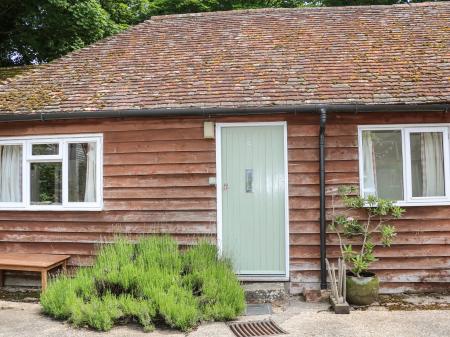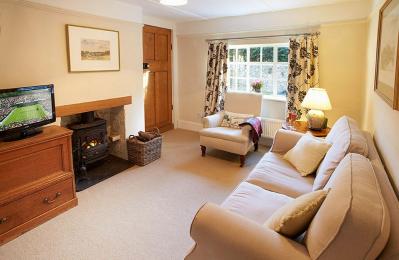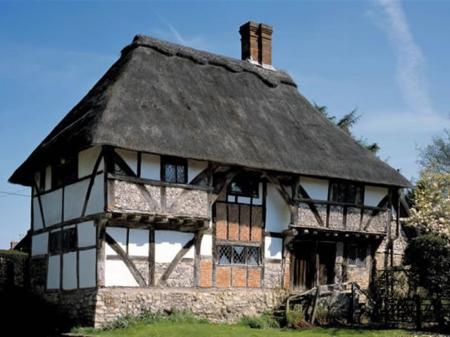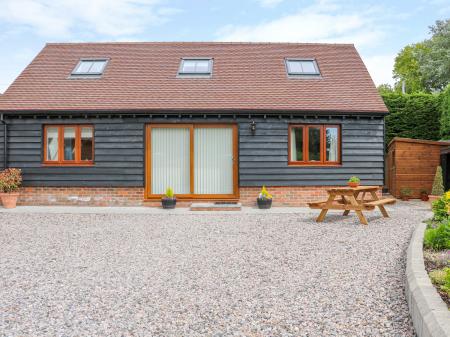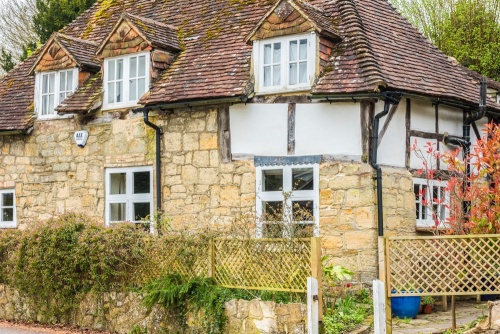
The village grew up in two distinct areas. The old village is based around the church and boasts some very picturesque older houses. The newer part of the village grew up in the 1920s around West Chiltington Common.
St Mary's Church
The 12th-century parish church of St Mary is known for its superb medieval wall paintings, preserved for centuries beneath layers of limewash. The paintings were discovered in 1882, and range from the 12th to the 14th century. There are 12th-century depictions of angels and the Apostles as well as scenes from the life of Christ on the nave walls.
Perhaps the most interesting painting is in the splay of a nave window and shows Christ standing on a wheel, with tools of various trades about his figure. This painting has been interpreted as a warning against working on the Sabbath.

The church is in transitional Norman style, and the porch is reputedly the oldest in Sussex. The spire is covered with oak shingles. Other interesting historic features include an extremely long hagioscope, or squint, allowing a view from the south aisle into the chancel and high altar.
Lord Ponsonby of Shulbrede once famously said of St Mary's that 'if it was in Italy, people would make pilgrimages to it'.
Outside the church are a whipping post and village stocks for dealing with miscreants in times past.

The Village is known for its silver band, founded over a century ago in 1908. The name 'Silver Band' does not refer to the silver instruments the band now plays, but the fact that they have won so much silverware in band competitions.
The nearby estate of Nyetimber was part of the dowry of Anne of Cleves when she married Henry VIII. Nyetimber is now home to an award-winning vineyard.
Another historic building in West Chiltington is a restored smock mill, built in the 1920s and later converted into a private dwelling.
There are two pubs in the village; the Five Bells and the Queen's Head.






 We've 'tagged' this attraction information to help you find related historic attractions and learn more about major time periods mentioned.
We've 'tagged' this attraction information to help you find related historic attractions and learn more about major time periods mentioned.